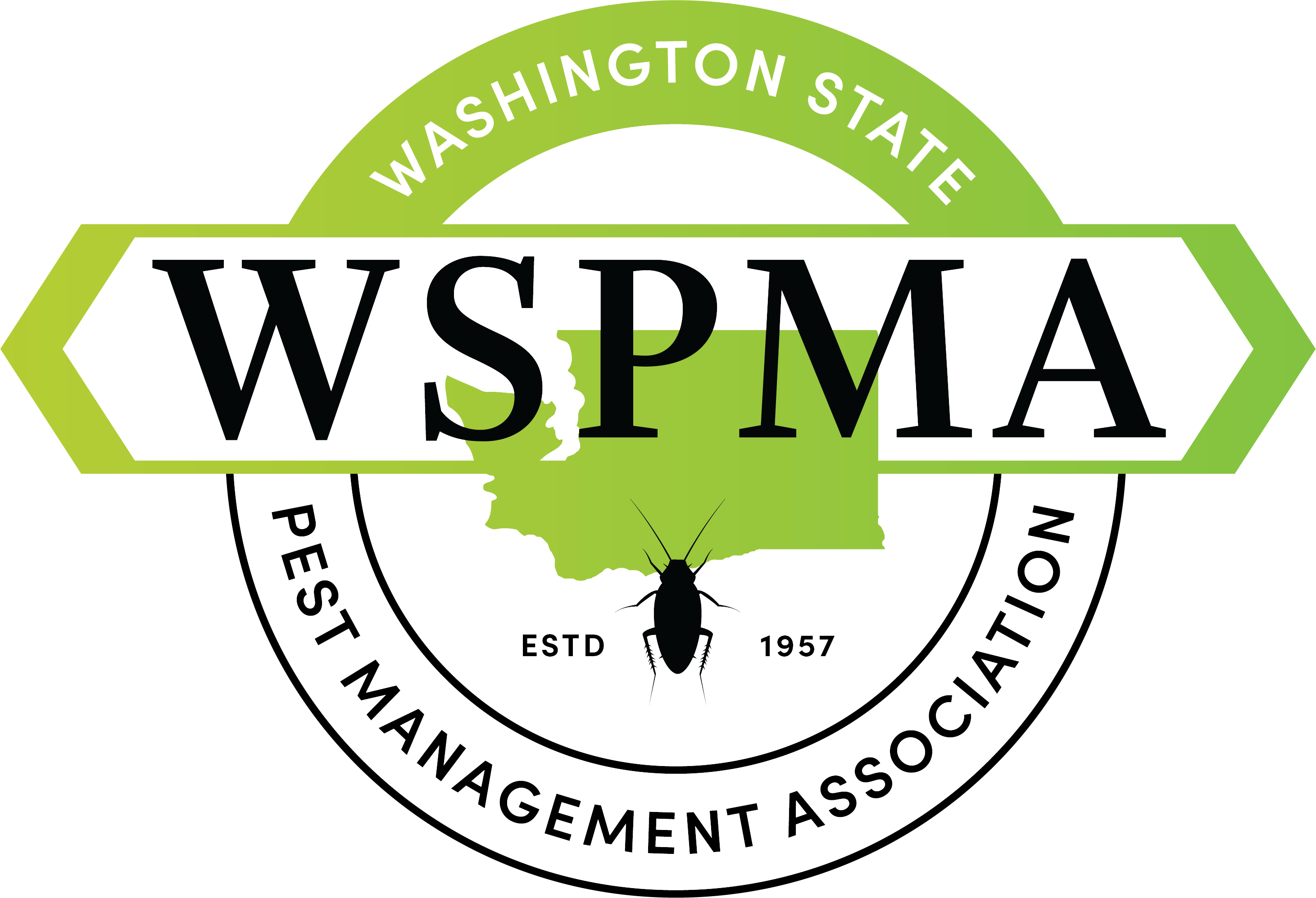Complete Story
08/05/2025
Inside the Commission’s Eastern Washington Tour: Why Structural Pest Management Professionals Should Take Notice
By Billy Olesen, WCIPM Professional Pesticide Applicator Commissioner
If you work in structural pest management, the Washington State Commission on Integrated Pest Management (WCIPM) might not be on your radar—but it should be. This Commission, originally focused on agriculture, is broadening its reach, and its work could have a growing impact on your day-to-day operations.
The Commission recently wrapped up a three-day educational tour through Eastern Washington. A chartered bus carried commissioners, agency leaders, and researchers across the region to explore specialty crops, emerging pest threats, and integrated pest management (IPM) strategies in action.
Though rooted in agriculture, the tour offered insights relevant to pest management professionals in every sector—including structural.
What Is the Commission?
The WCIPM began in 1995 as the Washington State Commission on Pesticide Registration. Its original mission was to help pesticide users in Washington obtain and maintain registrations for minor or specialty uses not typically supported at the national level.
In 1999, its scope expanded to fund all types of pest management approaches—chemical, cultural, biological, and mechanical. Then in 2023, the name officially changed to the Washington State Commission on Integrated Pest Management, reflecting its broader commitment to research and practical solutions across disciplines.
Today, the Commission helps fund real-world demonstration projects and applied research that address pest management needs statewide—in agriculture, aquatics, forestry, mosquito control, noxious weeds, nursery and greenhouse work, and structural pest control.
Who Was on the Tour?
The Commission’s Eastern Washington tour brought together a diverse and influential group of participants:
-
State and Federal Agencies: Representatives from the Washington State Senate, Department of Labor & Industries (L&I), Washington Department of Health (DOH), Washington State Department of Agriculture (WSDA), and the U.S. Department of Agriculture (USDA) joined the tour, alongside researchers and program staff from Washington State University.
-
The IR-4 Project: Representatives from the IR-4 program—a national initiative that helps secure pesticide approvals for minor-use crops—were also in attendance.
-
Industry & Advocacy: Commissioners representing everything from potatoes and wine grapes to forestry, public health, and structural pest control took part, including the commissioner representing professional pesticide applicators, who joined the tour with support from the Washington State Pest Management Association (WSPMA).
And that’s not to mention the countless researchers, growers, crop consultants, and agribusiness professionals who contributed their time and insight.
Why It Matters to Structural Pest Management Professionals
Throughout the tour, the conversations kept circling back to topics familiar to structural pest management professionals: pesticide resistance, label interpretation, invasive species, pollinator protection, and the practical realities of managing pests while maintaining compliance.
Whether discussing precision agriculture tools or exclusion strategies in processing facilities, the parallels were clear: good pest management is about smart decision-making, no matter the setting.
Having a seat on the Commission gives structural pest management professionals a real voice in shaping the research and policy decisions that affect us. Whether it's ensuring product availability, influencing label language, or advocating for funding that supports urban pest solutions, participation matters.
What’s Ahead: Western Washington in 2026
Next year’s tour will shift its focus to Western Washington, where the Commission plans to highlight cannabis, structural pests, golf course and turf management, shellfish production (including clams), and many of the unique specialty crops and environments found on the west side of the state.
This presents a valuable opportunity for structural pest management professionals to engage more directly with the Commission’s work and demonstrate the real-world challenges and innovations happening in homes, businesses, schools, and public spaces.
A Shared Mission
This wasn’t a leisurely sightseeing trip. The tour covered hundreds of miles and visited fields, research stations, bee labs, seed production sites, packing houses, and farms growing everything from hops and alfalfa to lentils and sweet corn. Along the way, we saw first-hand how IPM practices are being adapted, challenged, and refined—and how much overlap exists between agricultural and structural pest management.
At its core, the Commission’s work is about ensuring Washington’s pest management tools remain effective, safe, and available. That’s a mission structural pest management professionals should care about deeply—because whether we’re protecting homes, schools, businesses, or crops, we all face similar obstacles and share the same commitment to health and safety.
To learn more about the Commission’s work and enabling legislation, visit https://wcipm.org/.

